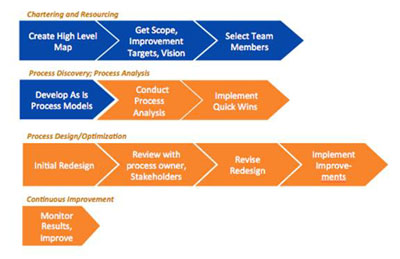Business Analysts provide a critical role in organizations. In fact, without this role, Business Owners and Developers must work together on a software project, which can be frustrating to both sides. Indeed, Business Owners may not get what they want and Developers may spend time building functionality that was not needed. OUCH! Why is that? Because the Business Owners and Developers have not learned to communicate to their mutual benefit. Enter the Business Analyst whose role is to define the needs and recommend solutions that deliver value to the stakeholders (e.g., Business Owners, users, customers, etc.)
According to the International Institute of Business Analysis (IIBA) BA’s do the following

























